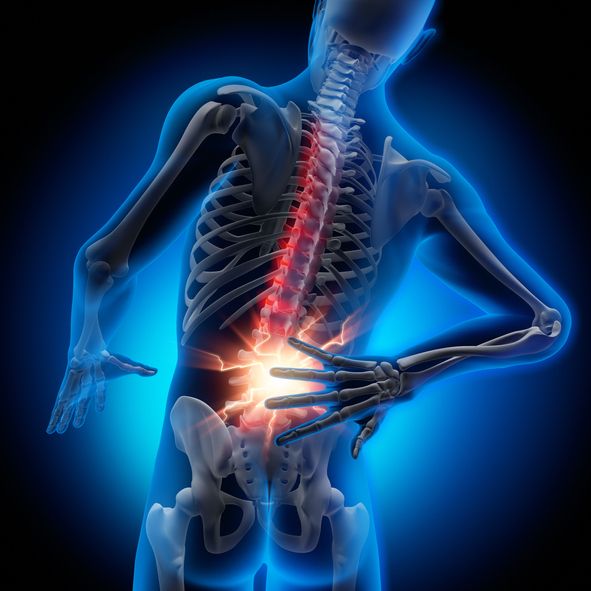Trending Update Blog on panchakarma treatment
Trending Update Blog on panchakarma treatment
Blog Article
Lower pain in the back is something that a lot of us experience at some time in our lives, with up to 85% of grownups handling it. Whether it's a dull, nagging ache or a sharp, consistent pain, it can be exceptionally disruptive. The majority of the time, it stems from issues in the lower spine, tense muscles, and even neighboring organs. While standard treatments focus on managing symptoms, integrative methods like Ayurveda, Yoga, and Acupuncture dive much deeper, resolving both the physical pain and the psychological toll that pain can handle us.
What Causes Lower Back Pain?
Lower back pain can come from a variety of sources, such as:
● Problems in the lumbar spine: Issues with the vertebrae or discs in the lower back.
● Muscle stress: Overworked or irritated muscles from poor posture, overexertion, or tension.
● Nerve compression: Commonly triggered by a herniated disc continuing neighboring nerves.
● Internal organ concerns: Pain referred from organs in the pelvic or stomach.
If your pain is serious, remains in spite of rest, or includes signs like leg pain, tingling, weak point, or unusual weight reduction, it's essential to see a physician.
How Ayurveda Can Help
Ayurveda, with its holistic and tried and true treatments, offers natural solutions for treating lower pain in the back. Here are some treatments that can assist:
● Kati Basti: This includes applying warm, medicated oil directly to the lower back. The warmth and oil interact to reduce tightness, promote blood flow, and soothe pain.
● Elakizhi: Medicated natural leaves are used in a hot compress to relieve muscle stress and promote recovery.
● Panchakarma (Basti): This treatment uses a medicated enema to calm Vata dosha (one of the body's energy types). Vata imbalance is typically connected to neck and back pain, and Basti helps bring back balance, minimize ayurvedic therapy for weight loss inflammation, and prevent reoccurrence.
Acupuncture for Pain Relief
Acupuncture is another effective way to manage pain in the back. By inserting fine needles into particular points on the body, acupuncture:
● Stimulates the release of endorphins, the body's natural painkiller.
● Improves circulation and reduces swelling in the affected area.
● Works together with Ayurveda to provide a well-rounded and effective pain management option.
Yoga for Long-Term Relief
Yoga complements Ayurveda and Acupuncture, supplying a method to manage pain daily. It helps by:
● Stretching and strengthening the muscles: Yoga postures can help enhance versatility and ease tension in the back.
● Breathing workouts and meditation: These practices soothe the mind, lower tension, and support your body's natural healing procedure.
While yoga alone might not entirely get rid of the underlying reasons for lower neck and back pain, it can significantly alleviate discomfort and assistance maintain a healthy, pain-free back gradually.
A Holistic Approach for Lasting Relief
By combining Ayurveda, Yoga, and Acupuncture, you're not simply treating the signs-- you're addressing the origin of lower back pain. These treatments work together to stabilize the mind and body, providing a more natural and thorough service to pain relief. With this integrative technique, you can find not just physical relief but also a higher sense of well-being and balance in your life.
If you're trying to find a long-term, holistic way to handle your lower back pain, these treatments could be the response.